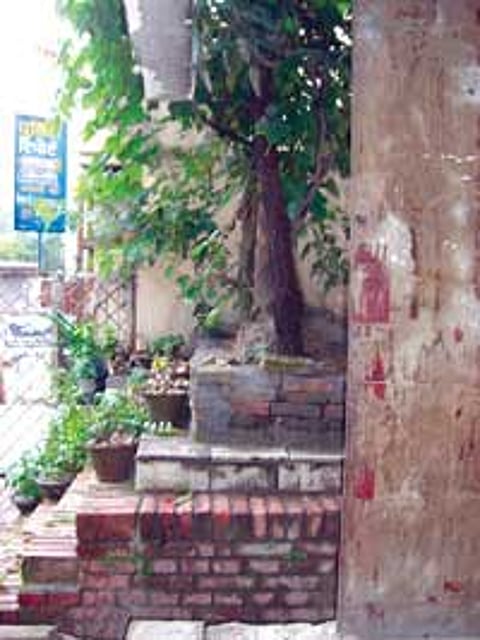Grave neglect: The Begum of Awadh
In the Bag Bazaar area of Kathmandu, flanked by a rundown shopping mall on one side and what goes for a phone booth on the other, is a small area enclosed by neat piles of bricks. Inside, on a slightly elevated plane, stands a lonely tree surrounded by flowerpots, used plastic cups and advertisements for phone cards. It is an unremarkable space, and bears no indication of being the tomb of an extraordinary freedom fighter, Begum Hazrat Mahal.
Hazrat Mahal was the wife of Nawab Wajid Ali Shah of Awadh, which spanned large parts of modern-day Uttar Pradesh. She continued to live in Lucknow after the kingdom's annexation by the British in 1856, and her husband's subsequent exile to Calcutta. When the revolutionaries captured Lucknow during the first War of Independence, in 1857, Hazrat Mahal promptly rose to the occasion, crowning her 12-year old son Birjis Qadr king, and leading the revolutionary government as a regent-queen.

